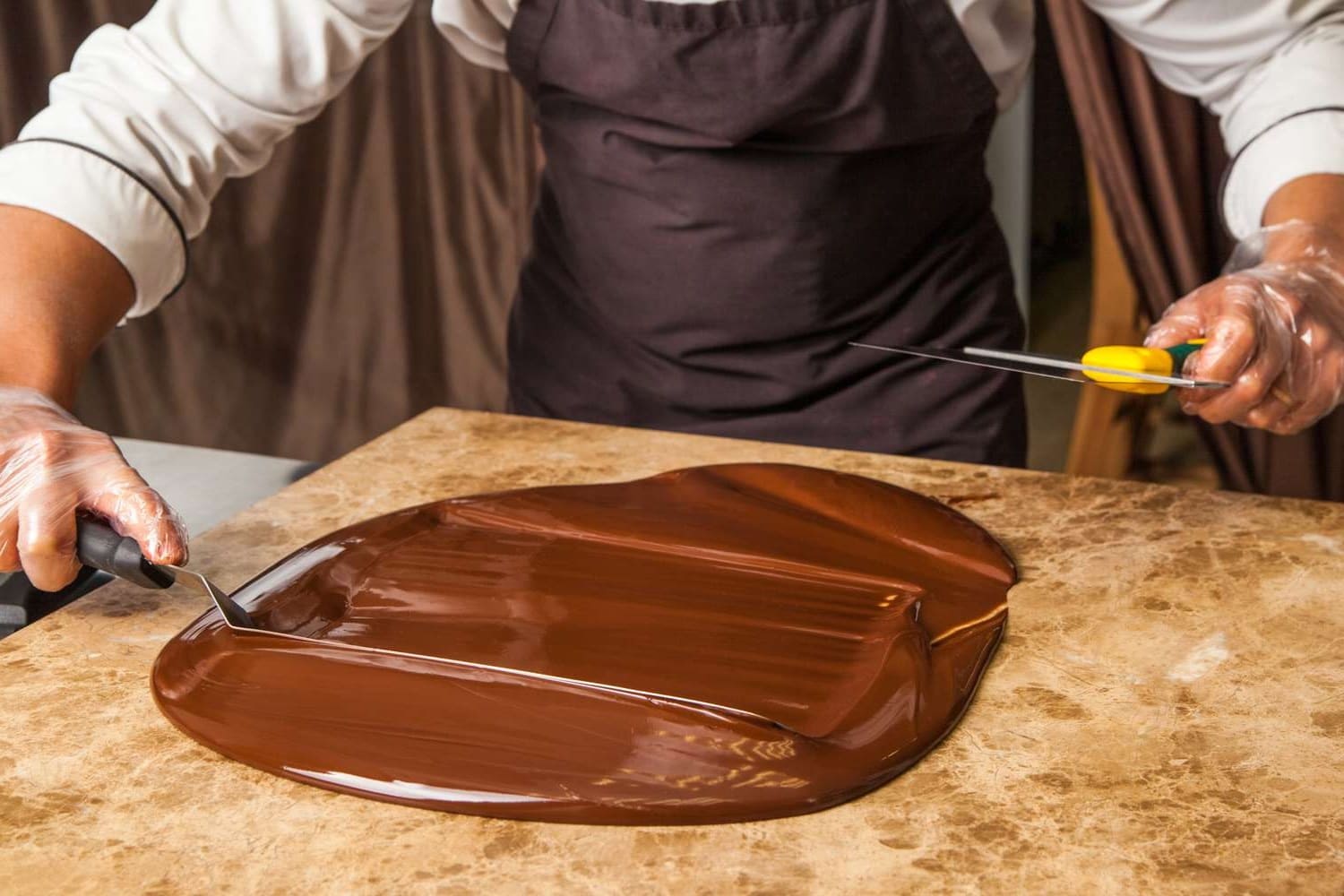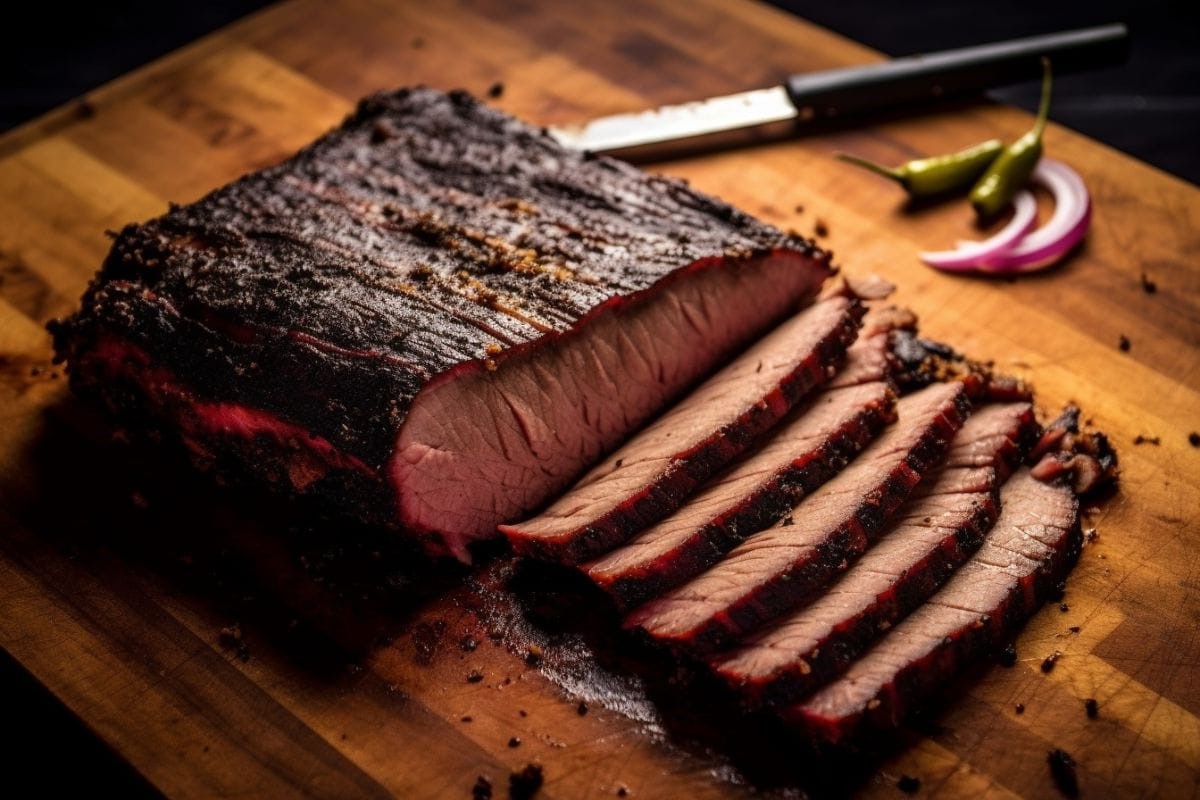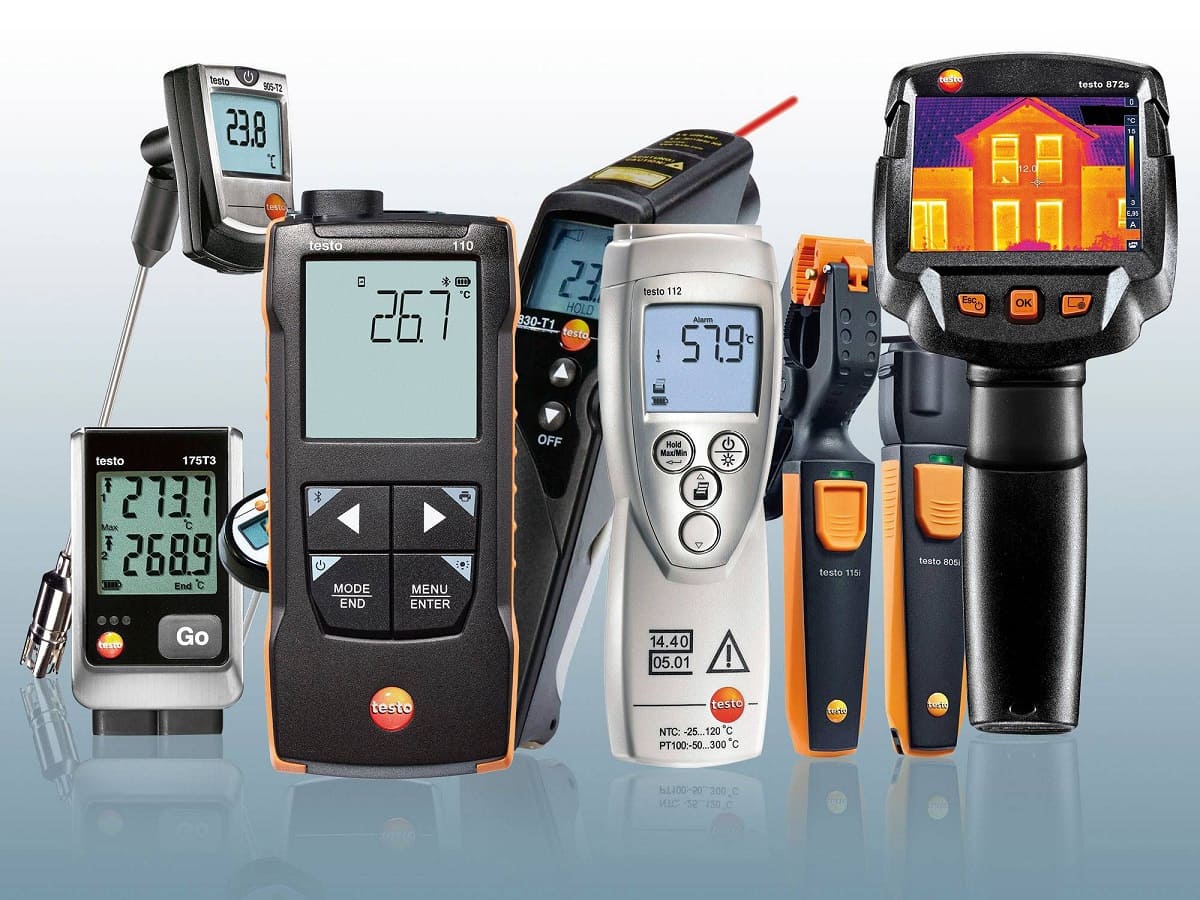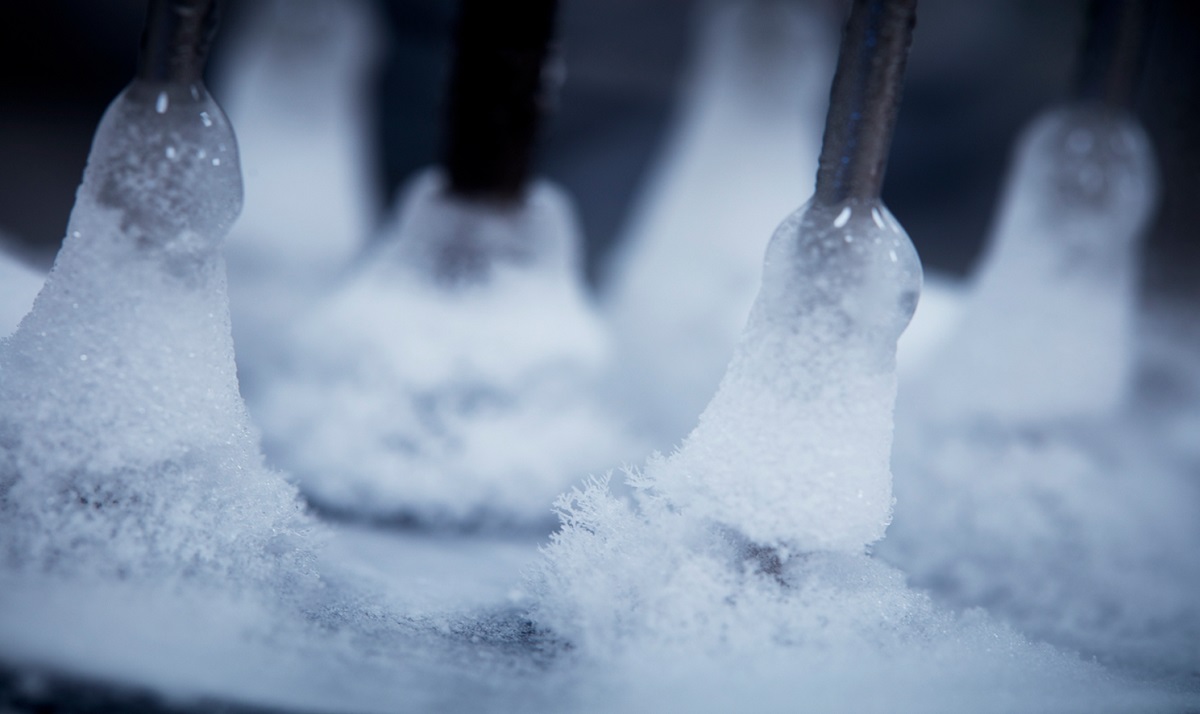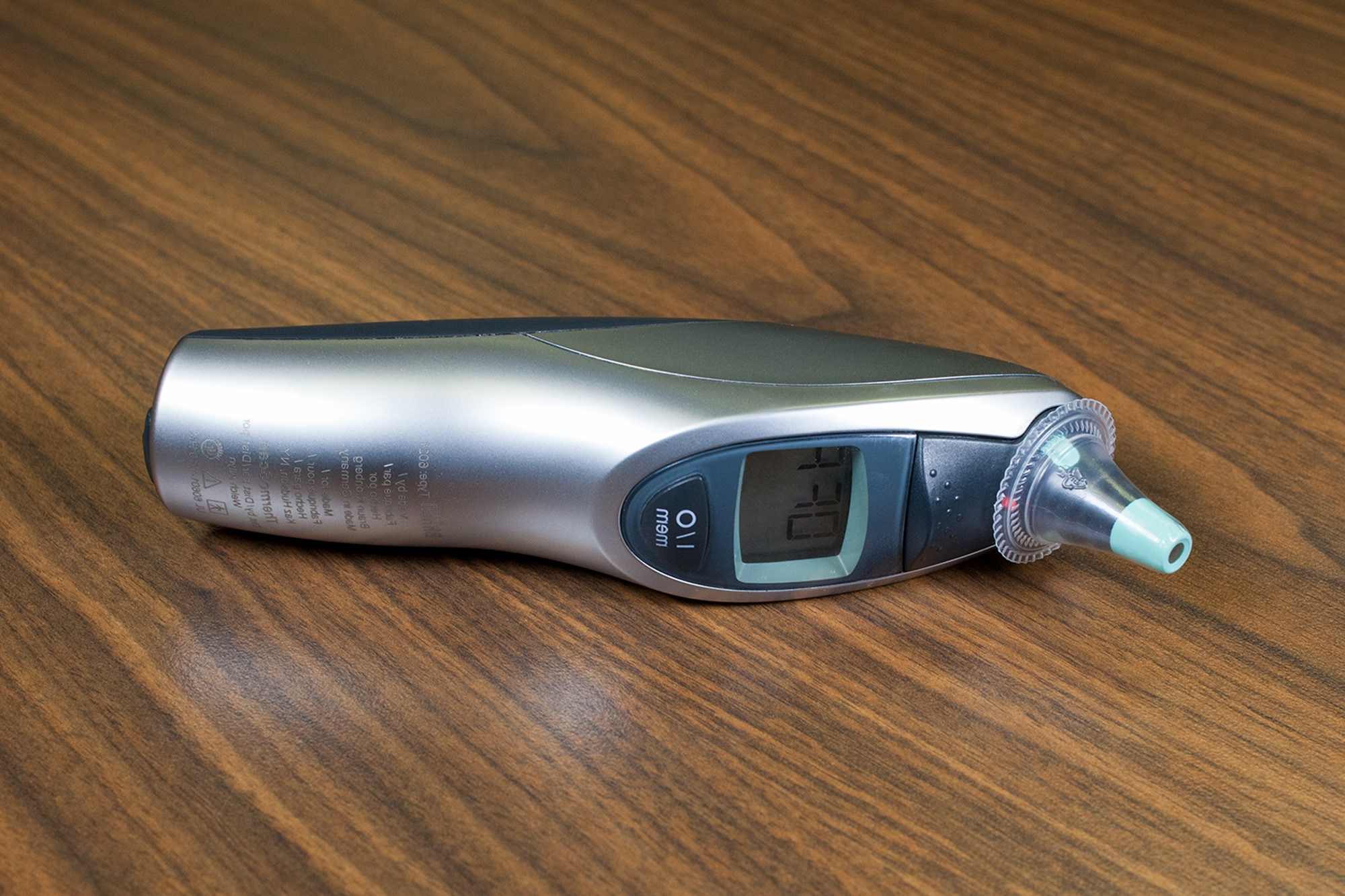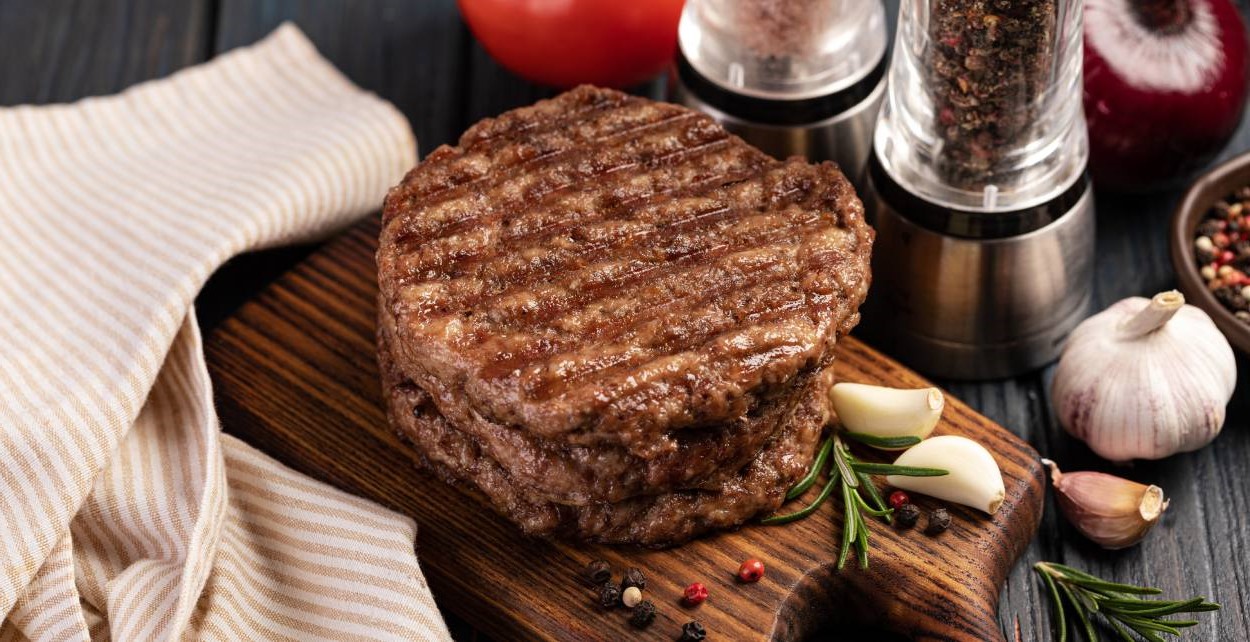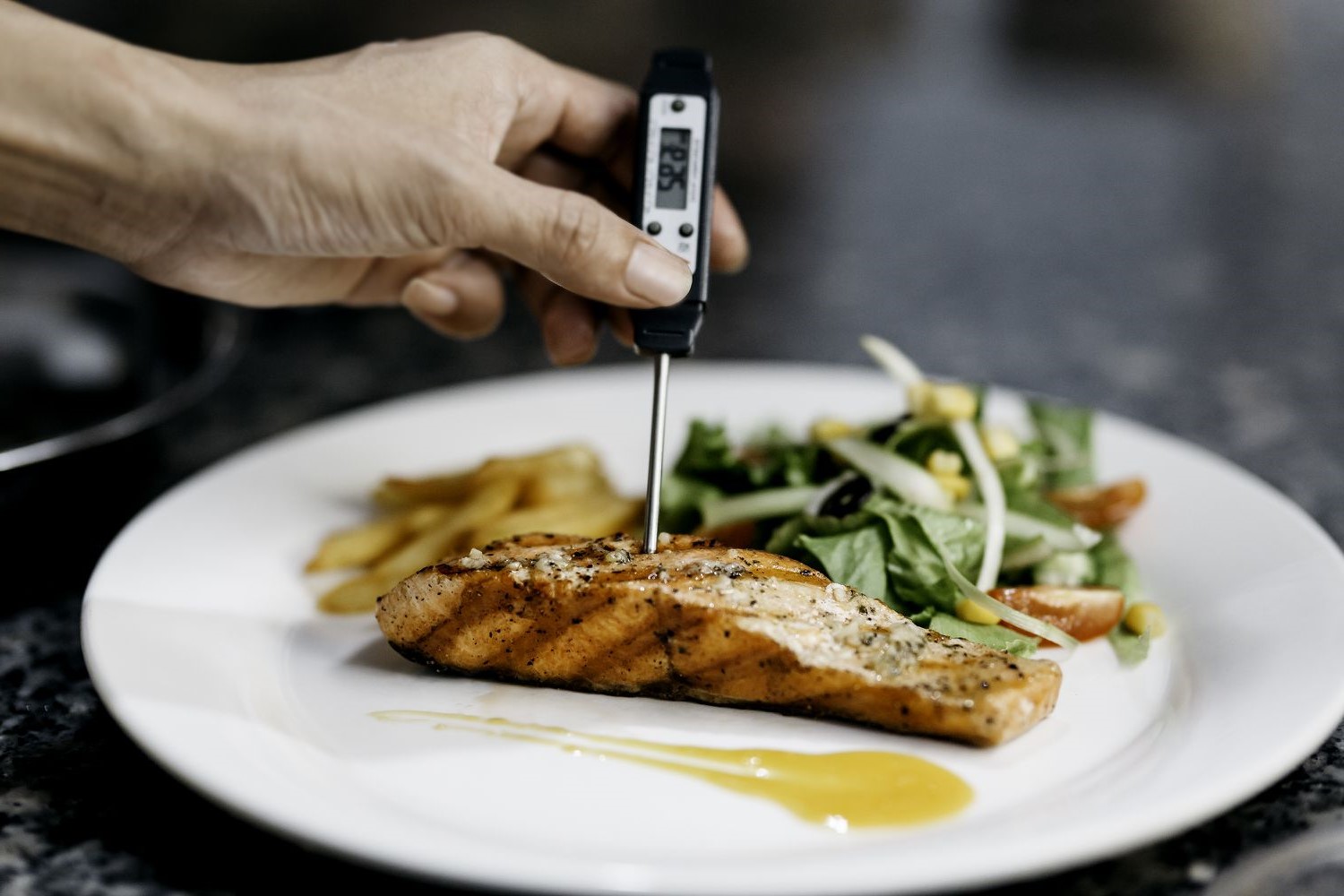Home>Culinary & Beverages>Preparing A Thermometer For Use: Essential Steps For Food Handlers
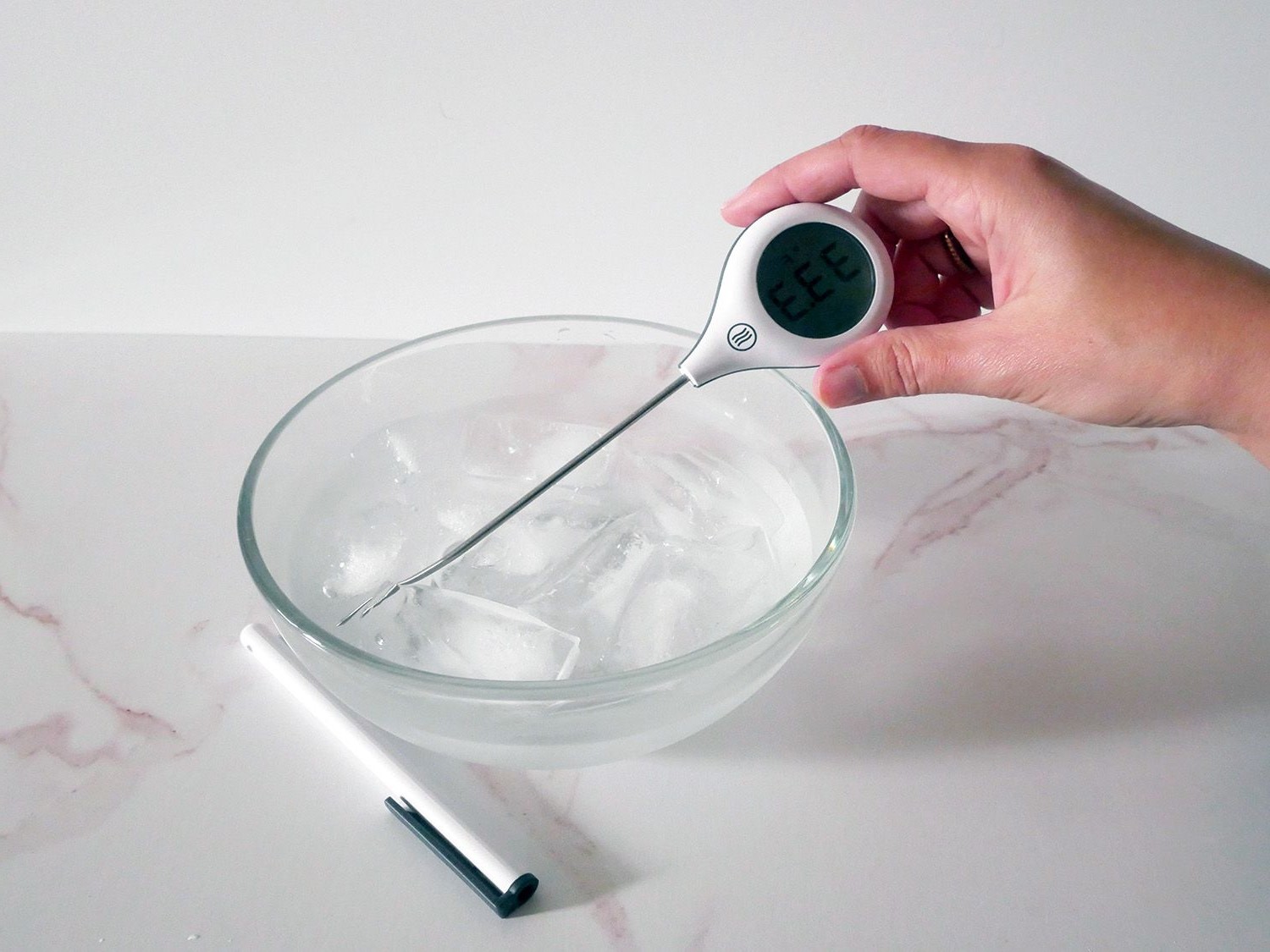

Culinary & Beverages
Preparing A Thermometer For Use: Essential Steps For Food Handlers
Published: March 3, 2024
Learn the essential steps for preparing a thermometer for use by food handlers. Ensure food safety with proper thermometer handling in culinary and beverage settings.
(Many of the links in this article redirect to a specific reviewed product. Your purchase of these products through affiliate links helps to generate commission for Temperatures.com, at no extra cost. Learn more)
Table of Contents
Importance of Proper Thermometer Use
Proper thermometer use is a critical aspect of food handling and preparation. It plays a pivotal role in ensuring that food is safe for consumption by accurately measuring the internal temperature of various dishes. This is particularly crucial when dealing with perishable items such as meat, poultry, and seafood, where precise temperature control is essential to prevent foodborne illnesses.
When it comes to food safety, the significance of using a thermometer cannot be overstated. Unlike visual cues such as color and texture, which can be deceptive, a thermometer provides an objective measure of the internal temperature of food, allowing food handlers to determine whether it has reached the recommended safe temperature for consumption. This is especially important in the case of foods like poultry and ground meat, where harmful bacteria such as salmonella and E. coli can thrive if not cooked to the appropriate temperature.
Furthermore, the use of a thermometer is crucial in verifying that food is being stored at the correct temperature to prevent spoilage. For instance, refrigerators and freezers should be set at specific temperatures to inhibit the growth of bacteria and preserve the quality of perishable items. By regularly monitoring these temperatures with a thermometer, food handlers can ensure that the storage conditions remain optimal.
In a professional kitchen setting, the proper use of thermometers is not only a matter of food safety but also a legal requirement. Health codes and regulations mandate the use of thermometers to monitor food temperatures, and failure to comply can result in severe consequences, including fines, closure of the establishment, and legal liabilities in the event of foodborne illness outbreaks.
In summary, the proper use of a thermometer is indispensable in the realm of food handling and preparation. It serves as a reliable tool for ensuring that food is safe to consume, preventing foodborne illnesses, and complying with regulatory standards. By understanding the critical role of thermometers and adhering to best practices in their use, food handlers can uphold the highest standards of food safety and protect the well-being of consumers.
Selecting the Right Thermometer for the Job
When it comes to selecting a thermometer for food handling and preparation, it's essential to consider the specific requirements of the task at hand. With a wide array of thermometers available on the market, each designed for different purposes, choosing the right one is crucial for ensuring accurate temperature measurements and maintaining food safety standards.
-
Digital Probe Thermometers: These versatile thermometers are equipped with a metal probe that can be inserted into food for temperature readings. They are suitable for a wide range of foods, including meats, soups, and casseroles. Digital probe thermometers provide quick and precise readings, making them ideal for busy kitchen environments.
-
Infrared Thermometers: Utilizing advanced technology, infrared thermometers measure the surface temperature of food items without the need for direct contact. They are particularly useful for verifying the temperature of grills, stovetops, and other cooking surfaces. Infrared thermometers are valued for their non-invasive nature and ability to provide instant readings.
-
Thermocouple Thermometers: Known for their rapid response time and high accuracy, thermocouple thermometers are suitable for a wide temperature range, making them ideal for various cooking methods, including grilling, frying, and baking. Their versatility and precision make them a valuable tool in professional kitchens.
-
Oven-Safe Thermometers: Designed to withstand high temperatures, oven-safe thermometers are placed inside the oven to monitor the internal temperature of food as it cooks. They are particularly useful for ensuring that meats and baked goods reach the desired temperature without the need to open the oven door, thus maintaining consistent heat levels.
-
Pop-Up Thermometers: Commonly used in poultry products, pop-up thermometers are designed to "pop up" when the meat reaches the recommended internal temperature, indicating that it is fully cooked. While convenient for home use, they may not provide the same level of accuracy as other types of thermometers.
When selecting a thermometer, it's important to consider factors such as the type of food being prepared, the cooking method, and the desired level of precision. Additionally, ensuring that the thermometer is calibrated and meets industry standards is essential for accurate temperature measurements. By choosing the right thermometer for the job, food handlers can uphold food safety protocols and maintain the quality and integrity of the dishes they prepare.
Calibrating the Thermometer
Calibrating a thermometer is a fundamental step in ensuring its accuracy and reliability. Over time, thermometers can drift from their original calibration, leading to inaccurate temperature readings. This can pose significant risks in food handling, as it may result in undercooking or overcooking, potentially leading to foodborne illnesses or compromised food quality. Therefore, regular calibration is essential to maintain the precision of thermometers and uphold food safety standards.
The process of calibrating a thermometer involves comparing its readings to a known standard, such as the freezing point or boiling point of water. This allows for the identification and adjustment of any discrepancies in temperature measurements. The following steps outline a simple yet effective method for calibrating a thermometer:
-
Gather Necessary Equipment: To calibrate a thermometer, you will need a container of ice water and a pot of boiling water. Additionally, a calibrated reference thermometer or a digital thermometer with high accuracy can be used to verify the temperature readings.
-
Prepare Ice Water: Fill a container with ice and add water until it reaches a slushy consistency. Stir the mixture to ensure an even distribution of temperature.
-
Verify the Ice Point: Immerse the thermometer probe into the ice water, ensuring that the sensor is fully submerged. Allow the thermometer to stabilize for a few minutes, and then take note of the reading. The temperature should ideally register at 32°F (0°C), the freezing point of water.
-
Check the Boiling Point: Next, bring a pot of water to a rolling boil. Once the water is boiling vigorously, carefully insert the thermometer probe into the boiling water, again ensuring full submersion. Allow the thermometer to stabilize and record the reading. At sea level, the boiling point of water is approximately 212°F (100°C).
-
Adjust if Necessary: Compare the thermometer readings to the expected values at the ice point and boiling point. If there are variations, the thermometer may require adjustment. Some thermometers have a calibration nut or screw that can be turned to align the readings with the correct temperatures.
By following these steps, food handlers can verify the accuracy of their thermometers and make necessary adjustments to ensure precise temperature measurements. Regular calibration, ideally before each use, is crucial for maintaining the integrity of thermometers and upholding food safety standards in culinary operations.
Cleaning and Sanitizing the Thermometer
Proper cleaning and sanitizing of thermometers are essential steps in maintaining food safety and preventing cross-contamination in culinary environments. Thermometers come into direct contact with food, and if not cleaned and sanitized correctly, they can become a potential source of harmful bacteria, posing a risk to the health of consumers. Therefore, food handlers must adhere to rigorous cleaning and sanitization protocols to ensure the safety and integrity of the thermometers used in food preparation.
The following guidelines outline the recommended steps for cleaning and sanitizing thermometers:
-
Immediate Cleaning After Use: After each use, thermometers should be promptly cleaned to remove any food residues or contaminants. This can be achieved by gently wiping the probe with a clean, damp cloth or sponge. Care should be taken to avoid submerging the entire thermometer in water, especially if it is not waterproof.
-
Use of Mild Detergent: For thorough cleaning, a mild detergent or soap can be used to wash the thermometer probe. The detergent should be applied to a clean cloth or sponge, and the probe should be carefully wiped to remove any remaining food particles or grease. It is important to avoid using abrasive materials or harsh chemicals that may damage the thermometer.
-
Rinsing and Drying: After cleaning with detergent, the thermometer probe should be rinsed with clean water to remove any soap residue. Once rinsed, the probe should be thoroughly dried with a clean cloth to prevent the accumulation of moisture, which can lead to bacterial growth.
-
Sanitization: Following cleaning, the thermometer should be sanitized to eliminate any remaining bacteria or pathogens. This can be achieved by using a food-safe sanitizing solution or wipes specifically designed for use on food contact surfaces. The probe should be carefully wiped with the sanitizing agent, ensuring that it comes into contact with all surfaces.
-
Air Drying: After sanitization, the thermometer should be allowed to air dry completely before storage. This helps to ensure that any residual sanitizing solution evaporates, leaving the thermometer clean and ready for future use.
By diligently following these cleaning and sanitization procedures, food handlers can maintain the hygiene and safety of thermometers, minimizing the risk of foodborne illness and upholding the highest standards of food safety in culinary operations. Regular cleaning and sanitization of thermometers are integral components of a comprehensive food safety program, contributing to the overall integrity and quality of the food served to consumers.
Proper Placement and Insertion for Accurate Readings
Achieving accurate temperature readings with a thermometer hinges not only on the quality of the device but also on the proper placement and insertion technique employed by food handlers. The following guidelines outline the essential considerations for ensuring precise temperature measurements:
Placement in the Thickest Part
When using a thermometer to measure the internal temperature of food, it is crucial to insert the probe into the thickest part of the item. This is particularly important for large cuts of meat, whole poultry, or thick casseroles, as the thickest portion takes the longest time to cook and is therefore the most critical area to monitor. By targeting the thickest part, food handlers can obtain a reliable indication of the overall doneness and safety of the dish.
Avoiding Bone Contact
When measuring the temperature of meat or poultry, it is essential to avoid contact with bones, as they can significantly impact the accuracy of the reading. Bones conduct heat differently from the surrounding meat, potentially leading to misleading temperature measurements. Therefore, the thermometer probe should be inserted in such a way that it does not come into direct contact with bones, ensuring that the reading reflects the actual temperature of the edible portions of the food.
Depth of Insertion
The depth to which the thermometer probe is inserted into the food can influence the accuracy of the reading. For most dishes, the probe should be inserted into the food until the sensing area is positioned at the center of the thickest part. However, in the case of thinner items such as burgers or fish fillets, the probe should be inserted into the side of the food, ensuring that it reaches the center without touching the cooking surface or pan.
Stabilization Time
After inserting the thermometer probe into the food, it is essential to allow sufficient time for the reading to stabilize. This is particularly crucial for digital thermometers, as they may require a few seconds to register an accurate temperature. Allowing the thermometer to remain in place until the reading stabilizes ensures that the measurement reflects the true internal temperature of the food, providing food handlers with reliable data for making informed decisions about the readiness and safety of the dish.
By adhering to these best practices for proper placement and insertion of thermometers, food handlers can obtain accurate temperature readings, thereby enhancing food safety and quality in culinary operations. These guidelines serve as essential components of a comprehensive approach to ensuring the safe and precise preparation of food, ultimately contributing to the well-being and satisfaction of consumers.
Storing the Thermometer Properly
Proper storage of thermometers is a crucial aspect of maintaining their accuracy, prolonging their lifespan, and upholding food safety standards in culinary environments. Whether in a professional kitchen or a home setting, the way in which thermometers are stored can significantly impact their performance and reliability. By following best practices for storing thermometers, food handlers can ensure that these essential tools remain in optimal condition and continue to provide accurate temperature measurements.
Clean and Dry Storage Area
After each use, thermometers should be thoroughly cleaned and sanitized, as outlined in the previous section, to remove any food residues or contaminants. Once cleaned, it is essential to ensure that the thermometer is completely dry before storage. Moisture can promote the growth of bacteria and compromise the integrity of the device. Therefore, storing thermometers in a clean, dry area is imperative for maintaining their hygiene and functionality.
Protective Case or Sleeve
To safeguard thermometers from damage and contamination, they should be stored in a protective case or sleeve specifically designed for this purpose. These cases provide a secure and designated space for the thermometer, preventing it from coming into contact with other utensils or surfaces that may compromise its cleanliness and accuracy. Additionally, a protective case helps prevent accidental breakage or bending of the thermometer probe, preserving its structural integrity.
Avoiding Extreme Temperatures
Thermometers should be stored in an environment that avoids exposure to extreme temperatures. Excessive heat or cold can affect the accuracy of the device and may lead to calibration drift. Therefore, it is advisable to store thermometers in a controlled-temperature area, away from direct sunlight, stovetops, or other sources of heat. Similarly, exposure to freezing temperatures should be avoided to prevent damage to the thermometer's components.
Read more: Reducing Bacteria In Vegetables For Safe Hot Holding: Effective Methods For Food Handlers
Organized and Accessible Location
In culinary settings, where efficiency and accessibility are paramount, it is essential to designate a specific storage location for thermometers. This ensures that they are readily available when needed and minimizes the risk of misplacement or damage. By organizing and maintaining a dedicated storage area for thermometers, food handlers can streamline their workflow and contribute to the overall efficiency of food preparation processes.
Regular Inspection and Maintenance
As part of proper storage practices, thermometers should undergo regular inspection to ensure that they remain in good working condition. This includes checking for any signs of damage, such as cracks, corrosion, or malfunctioning components. Additionally, if a thermometer is equipped with a calibration adjustment feature, periodic verification of its accuracy and recalibration, if necessary, should be conducted to maintain its precision.
By adhering to these guidelines for storing thermometers properly, food handlers can uphold the integrity and functionality of these essential tools, contributing to the overall safety and quality of food preparation. Proper storage practices not only prolong the lifespan of thermometers but also demonstrate a commitment to maintaining the highest standards of food safety and professionalism in culinary operations.
